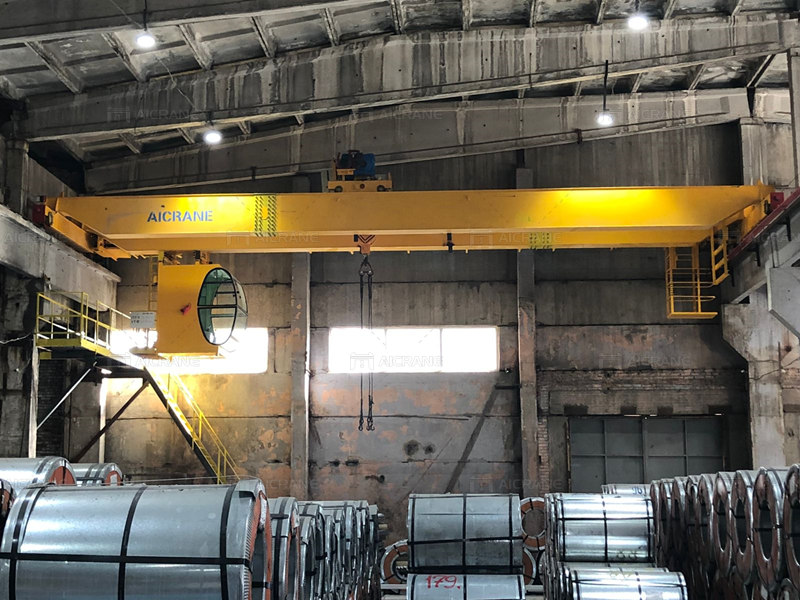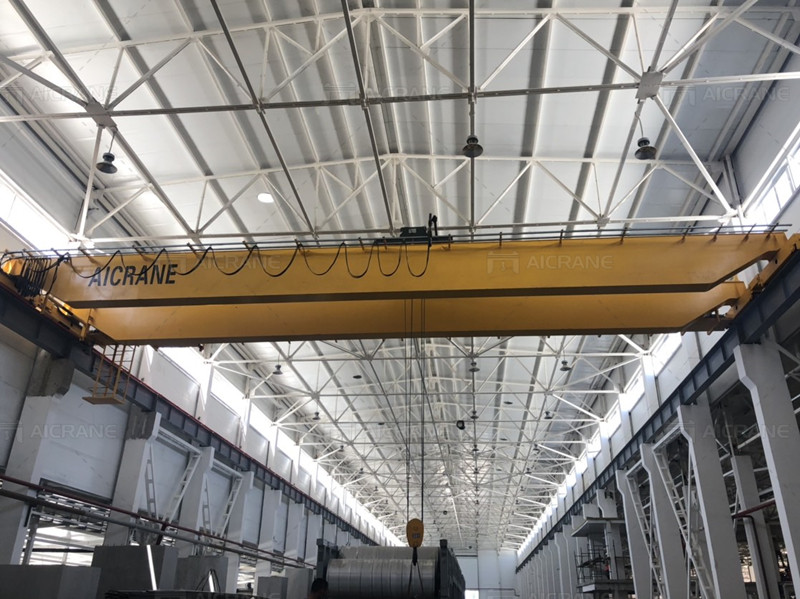In industries where heavy lifting is a routine operation, double girder overhead cranes play a crucial role in enhancing productivity and efficiency. However, ensuring the reliable performance of these cranes requires effective maintenance strategies. In this article, we will explore cost-effective maintenance approaches tailored to maximize the lifespan and performance of double girder overhead cranes, with a focus on optimizing maintenance costs while maintaining operational excellence.
Regular Inspections
Implementing a schedule of regular inspections is essential for identifying potential issues before they escalate into costly problems. Conduct thorough inspections of structural components, electrical systems, and mechanical parts, focusing on critical areas such as girders, end trucks, hoist mechanisms, and control panels. By detecting and addressing minor issues early on, businesses can prevent expensive repairs and downtime.
Predictive Maintenance
Utilize predictive maintenance techniques to anticipate equipment failures and schedule maintenance activities proactively. Implement sensor-based monitoring systems to track the condition of key components such as bearings, motors, and electrical connections. By analyzing data trends and predictive indicators, maintenance personnel can prioritize tasks, optimize resource allocation, and minimize unexpected breakdowns, resulting in significant cost savings over time.

Lubrication Management
Proper lubrication is essential for minimizing friction, reducing wear, and extending the lifespan of double girder overhead cranes(Кран мостовой двухбалочный). Develop a comprehensive lubrication management plan that specifies the type, quantity, and frequency of lubrication for various crane components. Utilize automated lubrication systems where feasible to ensure consistent application and minimize manual labor costs. Regularly monitor lubricant levels and conditions to avoid over-lubrication or under-lubrication, which can lead to premature component failure.
Component Replacement Planning
Plan and budget for the replacement of critical components in advance to avoid unexpected expenses and downtime. Identify high-wear components such as ropes, hooks, and sheaves, and establish replacement schedules based on usage rates and manufacturer recommendations. Purchase spare parts in bulk or take advantage of discounts offered by suppliers to reduce procurement costs. By proactively replacing components at scheduled intervals, businesses can optimize crane performance and minimize the risk of costly failures.
Operator Training and Safety Awareness
Invest in comprehensive training programs to educate crane operators and maintenance personnel on proper operating procedures, safety protocols, and equipment maintenance practices. Emphasize the importance of operator vigilance, regular inspections, and timely reporting of issues to minimize the risk of accidents and equipment damage. By empowering employees with the knowledge and skills to perform their roles effectively, businesses can mitigate safety risks and reduce the likelihood of costly incidents.
Vendor Partnerships and Maintenance Contracts
Explore vendor partnerships and maintenance contracts as cost-effective alternatives to in-house maintenance programs. Consider purchasing overhead crane(мостовой кран цена) systems from reputable suppliers that offer comprehensive maintenance packages or service agreements. Outsourcing maintenance tasks to qualified service providers can help businesses control costs, access specialized expertise, and ensure compliance with regulatory requirements. Negotiate favorable terms and pricing structures to maximize the value of maintenance contracts while minimizing expenses.

Remote Monitoring and Diagnostic Tools
Utilize remote monitoring and diagnostic tools to streamline maintenance activities and optimize resource allocation. Implement sensor-based monitoring systems that provide real-time data on crane performance(Мостовой кран в цеху), health status, and operational trends. By remotely monitoring key parameters such as temperature, vibration, and energy consumption, maintenance personnel can identify potential issues early and take proactive measures to address them. Remote diagnostic tools enable swift troubleshooting and analysis, reducing the need for on-site inspections and minimizing downtime.
Continuous Improvement Initiatives
Foster a culture of continuous improvement within the organization by encouraging feedback, innovation, and knowledge sharing among employees. Establish cross-functional teams dedicated to identifying opportunities for enhancing maintenance efficiency and reducing costs. Implement feedback mechanisms to capture insights from crane operators, maintenance technicians, and other stakeholders regarding potential process improvements or cost-saving initiatives. By continuously evaluating and refining maintenance practices, businesses can drive incremental improvements in crane reliability, safety, and cost-effectiveness over time. Visit website:https://www.aicrane.ru/
Cost-effective maintenance strategies are essential for maximizing the lifespan and performance of double girder overhead cranes while minimizing operational costs. By implementing regular inspections, predictive maintenance techniques, efficient lubrication management, proactive component replacement planning, comprehensive training programs, and strategic vendor partnerships, businesses can achieve optimal crane reliability and safety without exceeding budgetary constraints. Investing in proactive maintenance practices ultimately yields significant cost savings, enhances operational efficiency, and sustains long-term competitiveness in the marketplace.